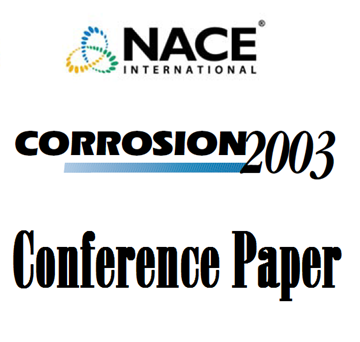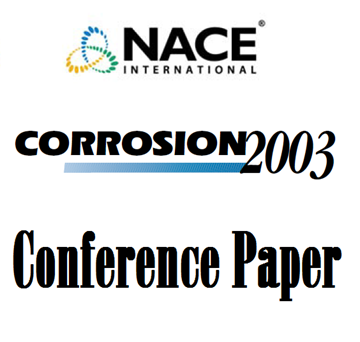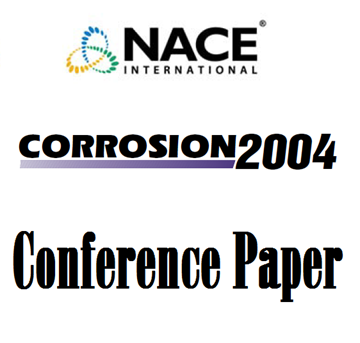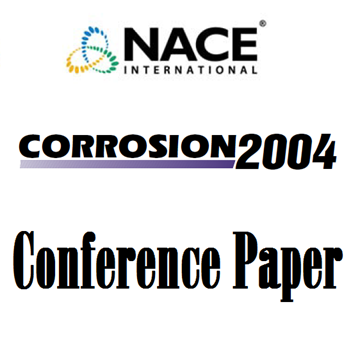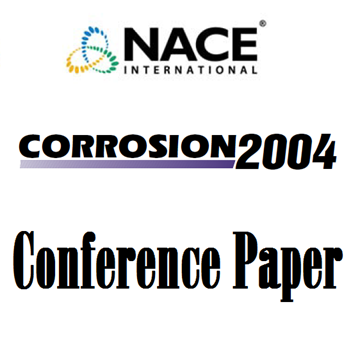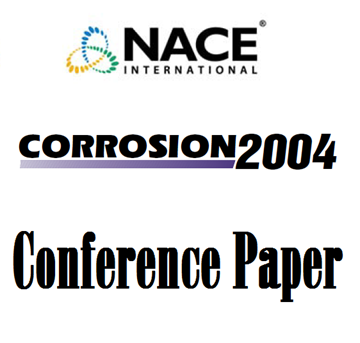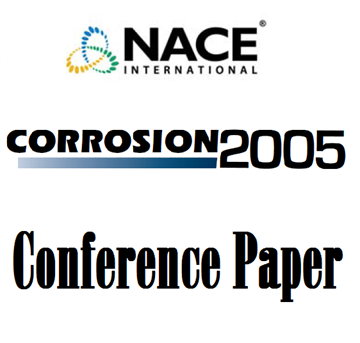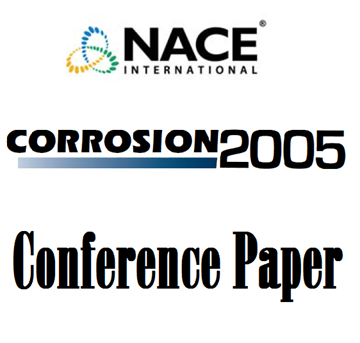Search
Corrosion Monitoring and Control
View as
Sort by
Display
per page
03518 STRESS CORROSION CRACKING OF 304L STAINLESS STEEL IN SODIUM SULFIDE-CONTAINING CAUSTIC SOLUTIONS
Product Number:
51300-03518-SG
ISBN:
03518 2003 CP
Publication Date:
2003
$20.00
03659 LIQUID METAL EMBRITTLEMENT OF ALLOY 800 HYDROGEN UNIT PREHEAT TUBES
Product Number:
51300-03659-SG
ISBN:
03659 2003 CP
Publication Date:
2003
$20.00
04178 Issues and Challenges of Aging Pipeline Coating Infrastructure in Nigeria's Oil and Gas Industry
Product Number:
51300-04178-SG
ISBN:
04178 2004 CP
Publication Date:
2004
$20.00
04192 Integrity Assessment of Pipeline Networks Through Close-Interval Potential Survey
Product Number:
51300-04192-SG
ISBN:
04192 2004 CP
Publication Date:
2004
$20.00
04257 Control of Corrosion and Service Life
Product Number:
51300-04257-SG
ISBN:
04257 2004 CP
Publication Date:
2004
$20.00
04284 Long-Term Performance of Steel in Concrete Immersed in Sea Water
Product Number:
51300-04284-SG
ISBN:
04284 2004 CP
Publication Date:
2004
$20.00
04298 Corrosion Evaluation of a High Performance Cu-Based Alloy for Seawater Applications
Product Number:
51300-04298-SG
ISBN:
04298 2004 CP
Publication Date:
2004
$20.00
04322 Darrell Hartwick, Don Hutchinson, and Mylene Langevin, Buckman Laboratories
Product Number:
51300-04322-SG
ISBN:
04322 2004 cp
Publication Date:
2004
$20.00
04625 Integrity Assessment of Marine Offshore Networks Through Flowline/Wellhead Inspection Campaign
Product Number:
51300-04625-SG
ISBN:
04625 2004 CP
Publication Date:
2004
$20.00
04716 Guidelines for Corrosion Control Thermal Spray Operator Training
Product Number:
51300-04716-SG
ISBN:
04716 2004 CP
Publication Date:
2004
$20.00
05157 Critical Review: Fas Assessment Methods for Crack-Like Flaws in Pipelines
Product Number:
51300-05157-SG
ISBN:
05157 2005 CP
Publication Date:
2005
$20.00
05232 Corrosion Resistance of UNS NO4400 vs. Electroless Nickel in Simulated Marine Service
Product Number:
51300-05232-SG
ISBN:
05232 2005 CP
Publication Date:
2005
$20.00

